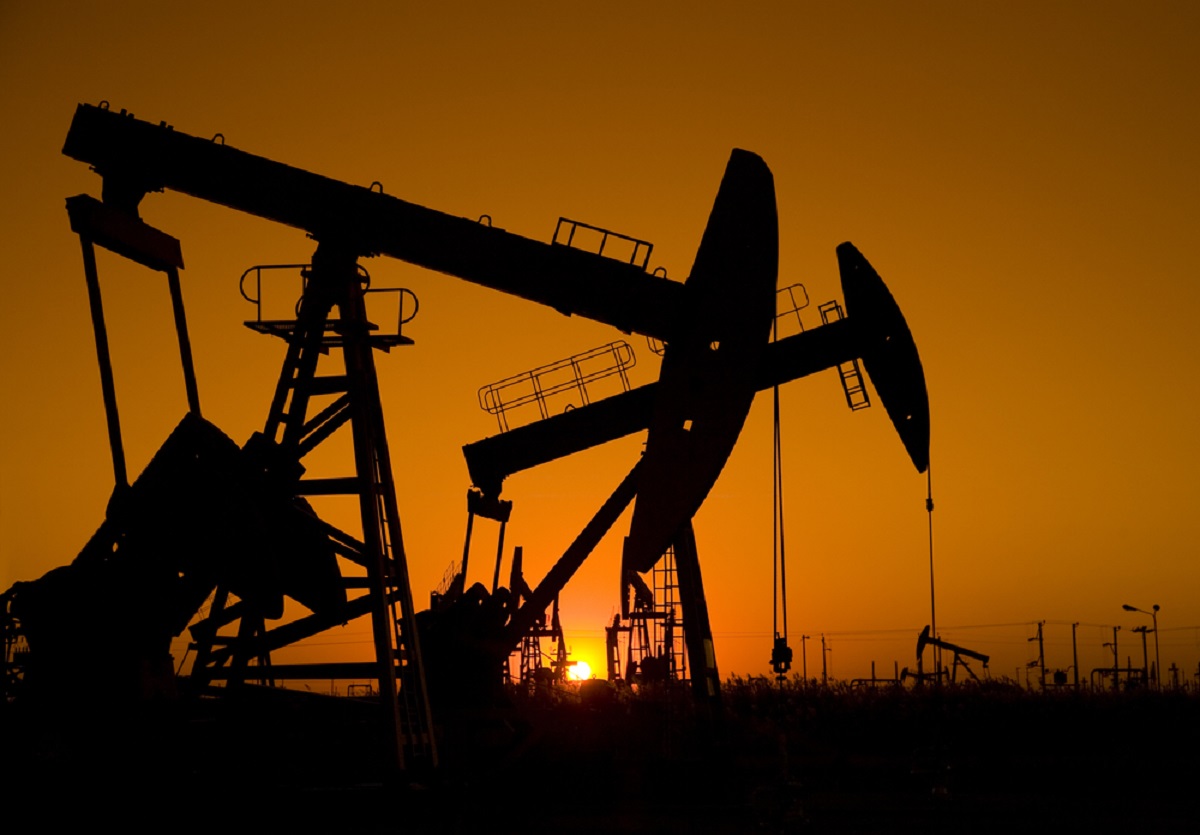
In my Atlas Shrugged series, I wrote about the tobacco companies who tried to conceal the health risks of smoking by sowing confusion and uncertainty. The strategy was to counter all the scientific evidence with ginned-up studies and paid-to-order experts so that people wouldn’t be sure what to believe. Their memos said that “doubt is our product” and that their goal should be “establishing a controversy” in the public mind.
That story is an object lesson in how corporations that sell dangerous products are incentivized to encourage ignorance. And it’s a tactic we’re seeing all over again, except that this time it concerns a much bigger and more pressing danger to humanity.
According to a blockbuster exposé by Inside Climate News, Exxon and other huge oil companies knew as early as the 1970s that climate change was a threat and that it was caused by burning fossil fuels. This wasn’t the warning of a lonely whistleblower, but findings from a research program that Exxon’s top brass approved and closely followed. Among other things, they deployed a supertanker with state-of-the-art scientific equipment to sample oceanic CO2 levels. They also developed in-house climate models that turned out to be largely accurate. Some of the language in these reports is explosive:
“There is no doubt that increases in fossil fuel usage and decreases of forest cover are aggravating the potential problem of increased CO2 in the atmosphere.” (source)
But while the oil giants’ own research revealed the scope of the problem, they continued to deny and obfuscate in public. Exxon funded contrarian scientists and denialist groups which claimed that “The role of greenhouse gases in climate change is not well understood”. They told dissident shareholders that the facts were “unclear“. They also successfully pressured the George W. Bush administration to stifle a government scientific panel formed to advise Congress on climate change. Their influence got the Bush administration to pull out of the Kyoto Protocol, one of the first international efforts to combat global warming.
In response to these findings, a coalition of state attorneys general sued Exxon, alleging that by withholding these findings, the company misled its shareholders about the risks of investing in oil stocks. You can draw your own conclusions as to whether the roundabout means of financial-fraud law is the most appropriate way of forcing oil companies to share the costs of the climate change they helped to cause.
This is the difference between good-faith and bad-faith uses of the scientific method. Although science is built on a foundation of skepticism, its purpose is to create certainty. The mark of an honest scientist is that they’re looking to confirm or disprove a specific theory and that they have tests in mind that will settle the question, whatever the answer turns out to be.
By contrast, the mark of the dishonest pseudoscientist is that they want to investigate forever without ever coming to a conclusion. The call for more research and more study sounds superficially reasonable, because science never finds infallible truth, and there’s always room to reevaluate what we think we know. But bad scientists view this process not as a means to an end, but as an end in itself.
From creationists to tobacco companies to oil drillers, they cry that we should “teach the controversy”, but that’s a cynical ploy when the “controversy” is entirely of their making. What they really want is to keep us all in a fog of perpetual uncertainty – to make science useless by ensuring that it never offers any guidance on what to believe or how to act.
This is why it’s so vital to ask: “What evidence would settle this question?” A good scientist won’t shrink from answering that. But if the person you’re asking can’t name any fact or experiment that would convince them, that’s a clear indicator that you’re actually dealing with one of the merchants of doubt.